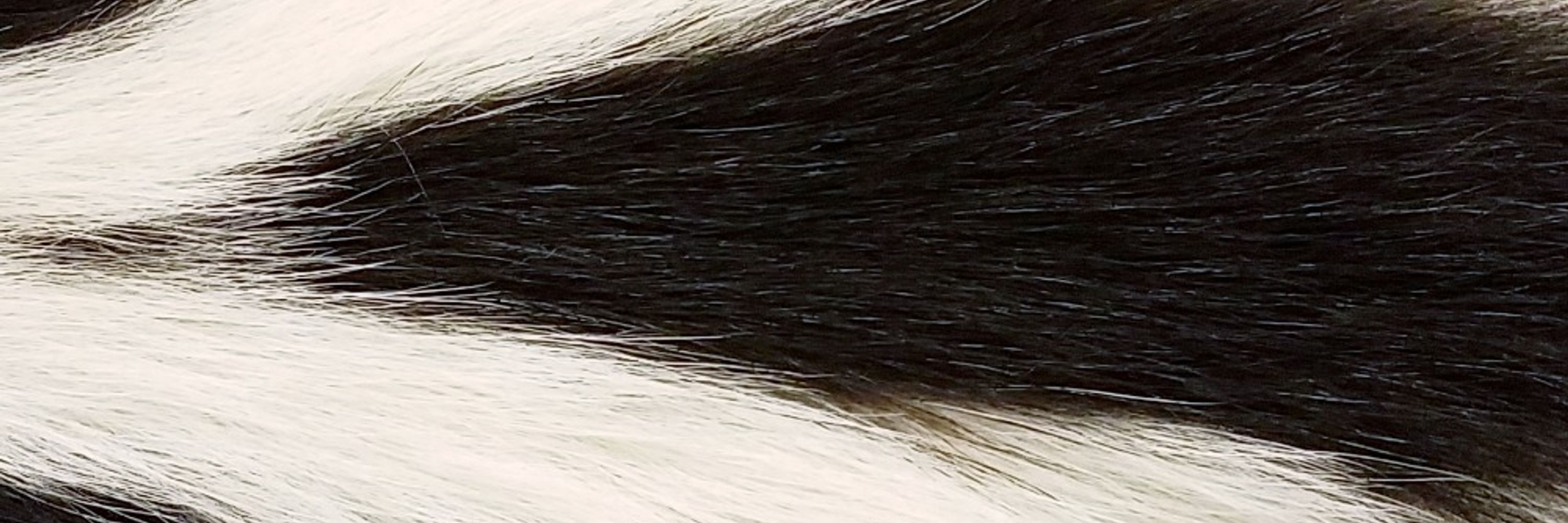
Evol Behavioral Ecol of armor, weaponry, aposematism, antipredator behavior, urban ecology https://www.csulb.edu/mammal-lab
Creator https://themammallab.com/ an online mammalogy lab manual


















The graceful and endangered freshwater dolphin.
The acrobatic and vocal gibbon.
From river currents to forest canopies, these species show us why conservation matters everywhere.
#FreshwaterDolphinDay #InternationalGibbonDay

The graceful and endangered freshwater dolphin.
The acrobatic and vocal gibbon.
From river currents to forest canopies, these species show us why conservation matters everywhere.
#FreshwaterDolphinDay #InternationalGibbonDay
Today we celebrate Avogadro’s number: 6.02 × 10²³ things… and one very determined mammal.
Whether you’re counting atoms or digging tunnels, remember: science is everywhere! So grab your goggles and your sense of humor, and let’s celebrate moles!
#Chemistry #BlueskyScience #STEMFun

Today we celebrate Avogadro’s number: 6.02 × 10²³ things… and one very determined mammal.
Whether you’re counting atoms or digging tunnels, remember: science is everywhere! So grab your goggles and your sense of humor, and let’s celebrate moles!
#Chemistry #BlueskyScience #STEMFun










